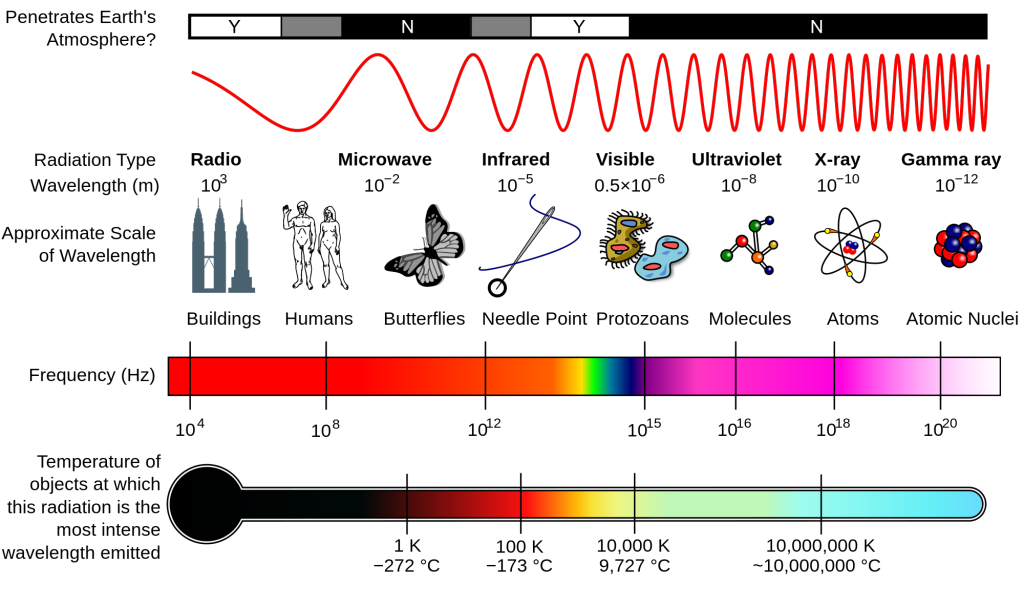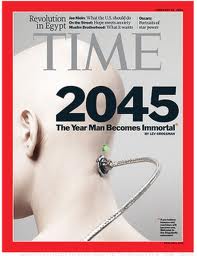There is really no activity associated with this short module except for a short two question self-test at the end. This little module becomes a very important preface to what follows this semester. All our introductory information will be premised by an assumption that you have read and understand what is being said here. You confirmation survey on Canvas has two questions.. one that you affirm your reading the syllabus and understand what is expected of you this term and the second that you have read this short introduction.
Some of you may be wondering why we decided to begin this course here. The truth is everything we do in life boils down to being able to not only work but survive in the world in which we live. Whether you realize it or not, the entire universe is made up of a spectrum of electrons that man has been able to capture and ‘tame’. Without it we simply cannot survive… everything we see, hear, and do requires the proper management of things unseen.
But we HAVE figured out how to demonstrate the universe visually. Check it out by clicking the plus sign below:
Just to give you an idea as to how important is this to our very existence (especially now that we have digitized just about everything), 21st century warfare has gone technical with the emergence of the electromagnetic Bomb (EMB) that, without actually destroying physical property, could result in the shutting down of everything need to survive.
Ok, scary to say the least. But this course is not about the destruction of the world but of how the analog world works so you get an idea as to how we go about digitizing it.
Electromagnetic Spectrum
As shown above a part of the infospehere we live in can be (and has been) tamed for human consumption and use. The visualization of the electromagnetic (EM) spectrum shown below represents the range of all types of EM radiation. Radiation is energy that travels and spreads out as it goes. The visible light that comes from a lamp in your house and the radio waves that come from a radio station are just two types of electromagnetic radiation. It is all the same, just captured (sampled) at different wave lengths. That is why, for example, we can utilize light (on CDs and DVDs) to capture, store, and produce sound. Because of the current state of technology the converse of this process cannot at present be done (use captured sound waves to produce light) but I wonder if someday that, too, may be overcome. The other types of EM radiation that make up the electromagnetic spectrum are microwaves, infrared light, ultraviolet light, X-rays and gamma-rays.

What All This Means for Us
There are some who propose that everything is analog because without it we would not be able to hear digitized sound or see digitized images because humans can only sense the analog world. This is true now but we do not know about the future and whether the next evolution of humans will actually be a hybrid of the two. Some (like Time Magazine recently) predict that occur in about 2045 when humans and computers become one. [one_third]—[/one_third][one_third] [/one_third][one_third_last]—[/one_third_last]
[/one_third][one_third_last]—[/one_third_last]
Until that time, lets just say that we need to understand the analog to digital back to analog process in order to understand how the technology works and how we digitize both still and moving media in order to make it useful for our teaching.
Basic Signal Theory
Whether we start with audio/sound (which we do) signals are basically air that is moving very quickly. Electromagnetic radiation is often described by its frequency—the number of oscillations of the perpendicular electric and magnetic fields per second—expressed in hertz. Radio frequency radiation is usually measured in kilohertz (kHz), megahertz (MHz), or gigahertz (GHz). Frequencies are measured in Hz ( short for ‘Hertz’ (not the rental guy). We know that most can hear frequencies in the range between 100Hz-15000Hz. Some people can hear very high frequencies above 19000Hz, but scientists always assume that the human ear is able to discern frequencies between 20Hz-20000Hz, since those numbers make their calculations a lot easier. Visible light is also an electromagnetic wave. The frequency of the wave determines its color: 4×1014 Hz is red light, 8×1014 Hz is violet light, and between these (in the range 4-8×1014 Hz) are all the other colors of the rainbow. An electromagnetic wave can have a frequency less than 4×1014 Hz, but it will be invisible to the human eye; such waves are called infrared (IR) radiation. At even lower frequency, the wave is called a microwave, and at still lower frequencies it is called a radio wave. Likewise, an electromagnetic wave can have a frequency higher than 8×1014 Hz, but it will be invisible to the human eye; such waves are called ultraviolet (UV) radiation. Even higher-frequency waves are called X-rays, and higher still are gamma rays.
So as you can see, whether it is an analog transaction or digital, it all boils down to our being able to measure, capture, store, and reproduce the appropriate part of the spectrum and is why most believe digital is really analog, just that the four transactions are done using different means.
What All This Means for This Course
Everything boils down to electro-magnetics. Just to make the point more strongly see if you can answer these two simple questions:
Question #1:
What is actually stored on a computer’s hard drive?
a- data
b- zeroes and ones
c- information
d- all of the above
e- none of the above
Question #2 (Fill in the Blank):
If what is stored on a hard drive is described above, then what is the basic output difference (an over-simplification for sure) between static electricity and ‘data’?
So, now that we have the real basics down.. beginning next cycle we can start looking at sound and audio and how to digitize it.